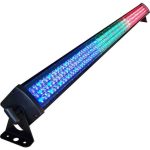LED Lights Explained: Understanding the Advantages and Benefits of LED Lighting
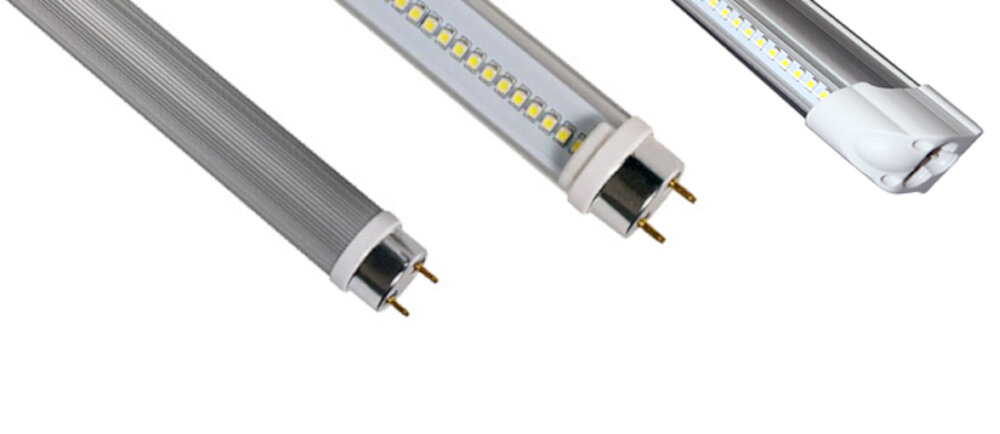
In recent years, LED lighting has become increasingly popular due to its numerous benefits and advantages over traditional lighting options. LED stands for Light Emitting Diode, which is a semiconductor device that produces light when an electric current is passed through it. LED lighting has revolutionized the lighting industry with its energy-efficient, long-lasting, and environmentally friendly features. Understanding the advantages and benefits of LED lighting can help you make an informed decision when choosing the right lighting for your home, office, or business. LED lighting is an excellent choice for those who want to reduce their energy consumption and save money on their electricity bills. Compared to traditional lighting options such as incandescent and fluorescent bulbs, LED lights use significantly less energy and have a much longer lifespan. LED lights are also much more durable and robust than traditional bulbs, making them an ideal choice for use in harsh environments or outdoor settings. Moreover, LED lights emit less heat than traditional bulbs, making them safer and more comfortable to use. With so many advantages, it is no wonder that LED lighting has become the go-to choice for homeowners, businesses, and governments worldwide.
LED lights, or Light Emitting Diode lights, have become increasingly popular in recent years due to their many advantages and benefits. These lights are extremely energy-efficient, using up to 90% less energy than traditional incandescent bulbs. They also last much longer, with an average lifespan of around 50,000 hours, compared to the 1,000 hours of an incandescent bulb. LED lights are also highly durable, resistant to shock and vibrations, and emit very little heat. This makes them not only cost-effective, but also safer and more environmentally friendly. Moreover, LED lights are available in a wide range of colors, shapes, and sizes, making them highly versatile and suitable for a variety of applications, from home lighting to commercial and industrial use.
It is imperative to understand the advantages and benefits of LED lighting for a variety of reasons. Firstly, it allows consumers to make informed decisions when purchasing lighting products, thereby helping them to choose the best options for their specific needs. Secondly, knowing the benefits of LED lighting can lead to significant energy savings, as these lights are much more efficient than traditional incandescent bulbs. Additionally, LED lights last much longer, reducing the need for frequent replacements, and they emit less heat, making them safer to use. Understanding the advantages and benefits of LED lighting is not only beneficial to consumers but also to the environment, as the reduced energy consumption and longer lifespan can contribute to a more sustainable future.
What are LED Lights?
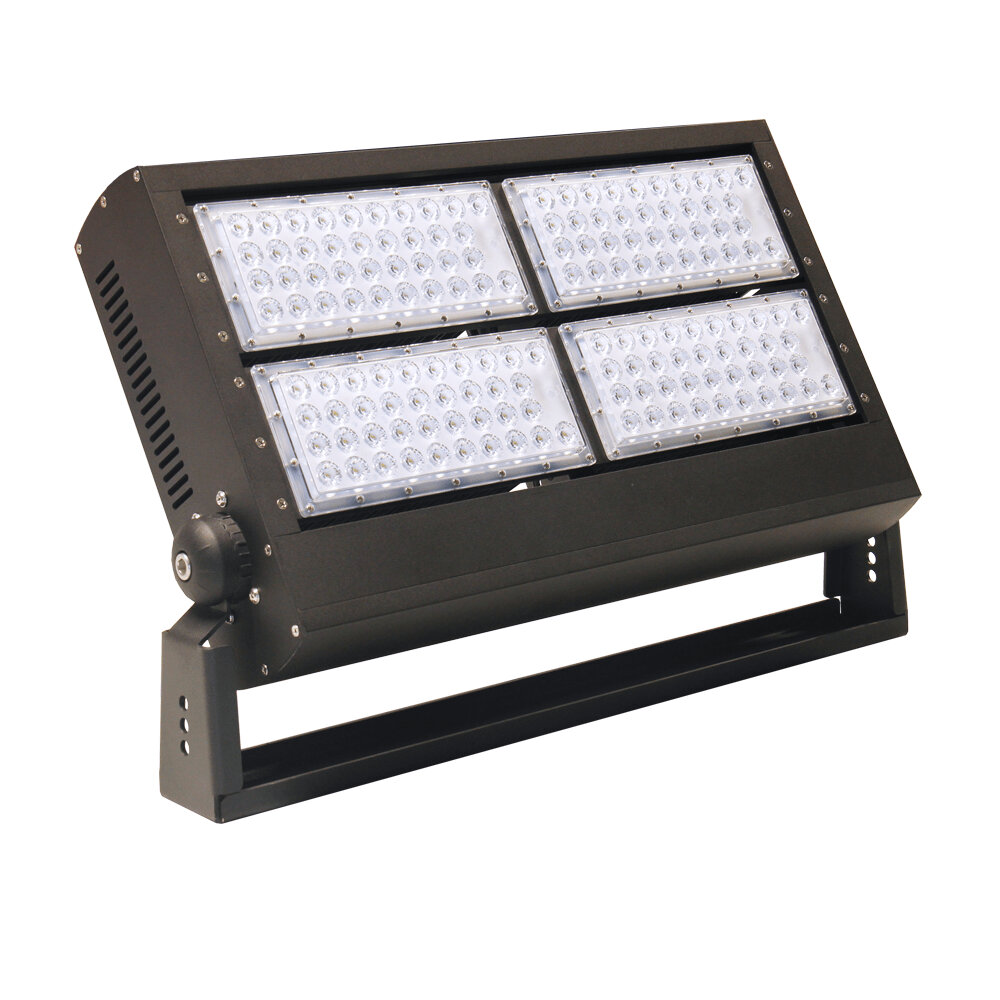
LED lights, or light-emitting diodes, are a relatively new form of lighting that has gained popularity in recent years. They are different from traditional incandescent bulbs in that they do not use a filament, but instead produce light through the movement of electrons in a semiconductor material. This makes them much more energy-efficient, durable, and versatile than traditional bulbs. LED lights are available in a range of colors and can be used in a variety of settings, from homes and businesses to outdoor lighting and entertainment venues. One of the main advantages of LED lights is their energy efficiency. Compared to traditional incandescent bulbs, they use up to 80% less energy to produce the same amount of light. This means that they are not only better for the environment, but also for your wallet. LED lights also last much longer than traditional bulbs, with an average lifespan of around 50,000 hours. This means that they will need to be replaced much less frequently, which can save you both time and money in the long run. Additionally, LED lights do not contain any toxic chemicals, making them safer and easier to dispose of than traditional bulbs. Overall, LED lights are a smart choice for anyone looking to save energy and reduce their environmental impact while still enjoying high-quality lighting.
LED lights, or light-emitting diodes, are a type of energy-efficient lighting technology that converts electricity into light using a semiconductor. Unlike traditional incandescent bulbs, LED lights do not rely on a filament that can burn out or break, resulting in a longer lifespan and lower energy consumption. LED lights are also available in a range of colors and can be dimmed to create a desired atmosphere. Additionally, LED lights produce less heat than traditional bulbs, making them a safer and more eco-friendly option. With their versatility and energy-saving benefits, LED lights are becoming an increasingly popular choice for residential, commercial, and industrial lighting applications.
LED lights, or Light Emitting Diodes, work by passing an electric current through a semiconductor material, which produces light. Unlike traditional incandescent bulbs that rely on heating a filament to produce light, LED lights use a much more efficient process that produces little heat, making them more energy-efficient and longer-lasting. LED lights also come in a variety of colors and can be programmed to change colors, making them ideal for decorative lighting. Additionally, LED lights are versatile and can be used for a wide range of applications, including home lighting, outdoor lighting, automotive lighting, and even medical and scientific applications. Overall, the advantages and benefits of LED lighting make it a popular and cost-effective choice for many consumers and industries.
LED lights are the most energy-efficient and long-lasting lighting technology currently available. There are several different types of LED lights, each with its unique advantages and benefits. The most common types of LED lights include standard LED bulbs, LED strips, LED downlights, and LED floodlights. Standard LED bulbs are the most common and are typically used to replace traditional incandescent or fluorescent bulbs. LED strips are flexible and can be used for decorative purposes, while LED downlights are recessed fixtures that are commonly used for ambient lighting. LED floodlights are powerful and are used for outdoor lighting, such as illuminating a driveway or backyard. Understanding the various types of LED lights can help you make informed decisions when choosing lighting solutions for your home or business.
Advantages of LED Lighting
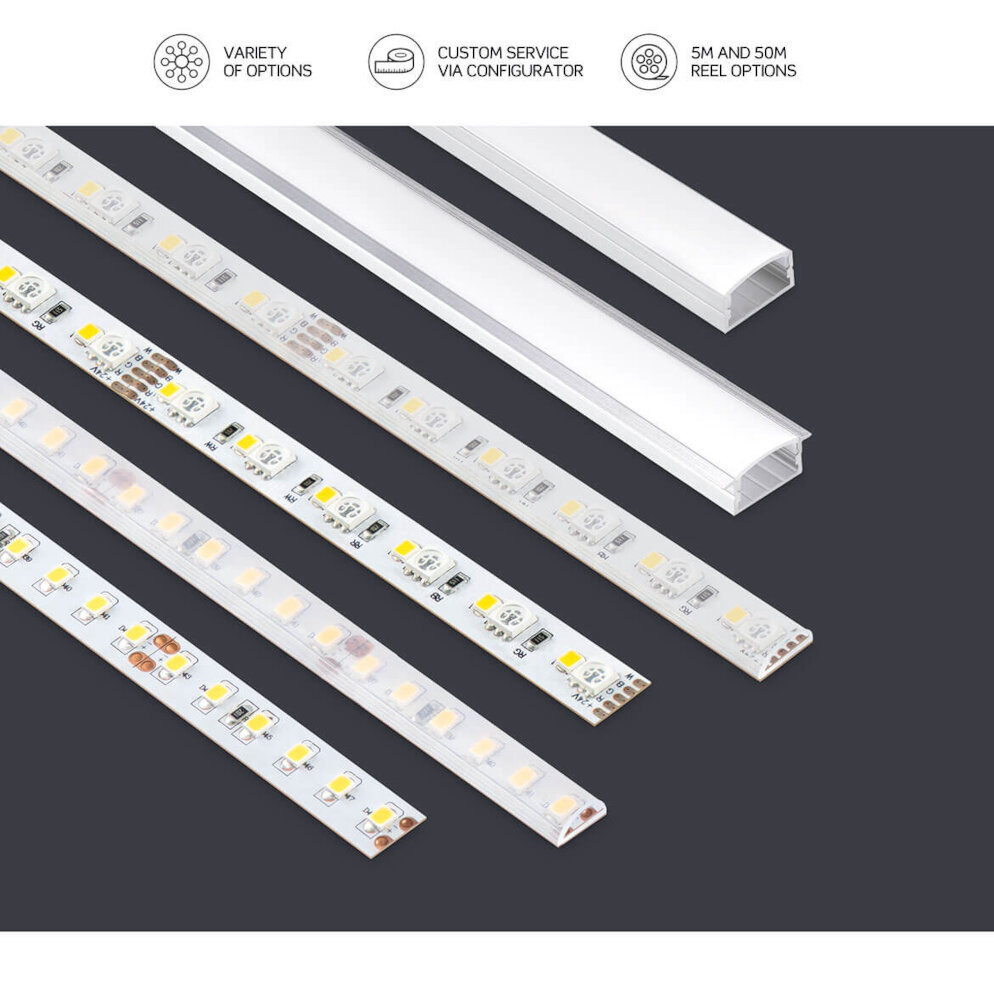
LED lighting has become increasingly popular in recent years due to the numerous advantages it offers. First and foremost, LED lights are extremely energy-efficient, using up to 90% less energy than traditional incandescent bulbs. This not only saves on electricity costs but also reduces carbon emissions, making LED lighting a more environmentally friendly option. LED lights also have a longer lifespan than traditional bulbs, lasting up to 25 times longer. This means less frequent bulb replacements, leading to less waste and further cost savings. In addition to their energy efficiency and longevity, LED lights also offer a range of design options. Unlike traditional bulbs, LED lights can be made in a variety of colors and can even be used to create dynamic lighting effects. This makes them a popular choice for creating unique and modern lighting designs in homes, businesses, and public spaces. LED lights also emit less heat than traditional bulbs, making them a safer option for lighting fixtures that may be touched or come into close proximity with other objects. Overall, the advantages of LED lighting make it a smart choice for anyone looking to save on energy costs, reduce their carbon footprint, and create a dynamic and modern lighting scheme.
Energy efficiency is one of the most significant advantages of LED lighting. Unlike traditional incandescent bulbs, LED lights consume significantly less electricity, translating into lower energy bills and a reduced carbon footprint. LED lights use up to 80% less energy than incandescent bulbs, which means they produce less heat, require less cooling, and have a longer lifespan. Furthermore, LED lighting technology has made significant strides in recent years, making it more affordable and accessible to homeowners and businesses alike. By switching to LED lighting, individuals can reduce their energy consumption and contribute to a more sustainable and environmentally friendly future.
One of the most notable benefits of LED lights is their exceptionally long lifespan, which can reach up to 50,000 hours or more. This is significantly longer than traditional incandescent or fluorescent bulbs, which typically last around 1,000 to 2,000 hours. LED lights achieve this impressive longevity by using a semiconductor to convert electricity into light, instead of relying on a filament or gas. Additionally, LED lights generate very little heat, which reduces wear and tear on the components and prolongs their lifespan even further. This extended lifespan not only saves money on replacement bulbs and maintenance costs, but also reduces waste and promotes sustainability.
Durability is one of the most significant advantages of LED lighting. Unlike traditional lighting options, LEDs are built to last several times longer, with an average lifespan of around 50,000 hours. This longevity is due to the fact that they do not have any moving parts or filaments that can wear out or break, making them highly resistant to impact, vibration, and extreme temperatures. Additionally, LEDs are made with robust materials that can withstand harsh outdoor conditions, such as rain, wind, and snow. This makes them ideal for use in areas that require reliable lighting, such as warehouses, parking lots, and outdoor spaces. With their unmatched durability, LED lights are a cost-effective and low-maintenance option that provides long-lasting illumination.
One of the most significant advantages of LED lighting is its low heat emission. Unlike traditional incandescent bulbs, which emit a significant amount of heat while producing light, LED bulbs generate very little heat during operation. This is due to their energy-efficient design, which produces light through a process that minimizes the amount of heat produced. As a result, LED lights are not only safer to use, but also more efficient and cost-effective. Additionally, the reduced heat emission of LED lights makes them ideal for use in enclosed spaces, as they do not produce excessive heat that can cause damage or pose a fire hazard. Overall, the low heat emission of LED lighting is a key advantage that makes them a popular choice for both residential and commercial applications.
In today’s world, where environmental sustainability is at the forefront of everyone’s minds, it is imperative to consider the impact of lighting on the environment. LED lights are a perfect solution to this problem, as they are highly energy-efficient, consume less electricity, have a longer lifespan, and emit less carbon dioxide. Moreover, they do not contain any toxic chemicals, such as mercury, which can damage the environment. The environmentally friendly nature of LED lights makes them the ideal choice for those who are conscious about their own carbon footprint and want to contribute to a sustainable future.
Benefits of LED Lighting
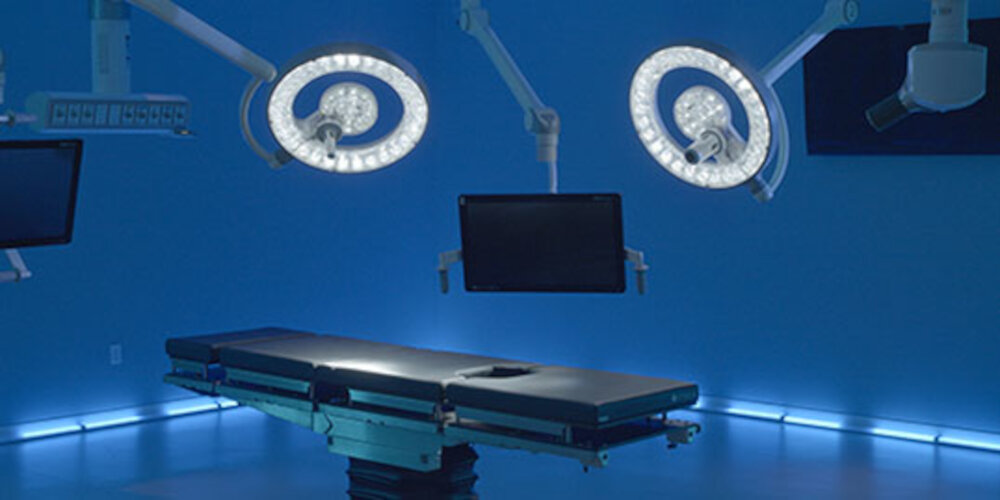
LED lighting is a relatively new technology that has gained popularity over the years due to its numerous benefits. One of the most significant advantages of LED lights is their energy efficiency. LEDs consume less energy than traditional lighting sources, such as incandescent bulbs, resulting in lower electricity bills. Additionally, they have a longer lifespan than conventional bulbs, which reduces the need for frequent replacements. LED lights also have a high luminous efficacy, meaning they produce more light per watt, making them an ideal choice for outdoor lighting, commercial spaces, and street lighting. Another benefit of LED lights is their durability and resistance to shock and vibration. Unlike traditional bulbs, which are fragile and prone to breaking, LED lights are made of durable materials that can withstand harsh conditions. They are also more environmentally friendly than conventional lighting sources, as they do not contain toxic chemicals such as mercury, which can be harmful to both humans and the environment. LEDs are also easier to dispose of at the end of their lifespan, reducing the impact on landfill sites. Overall, the benefits of LED lighting are numerous, making them an ideal choice for anyone looking for energy-efficient, durable, and environmentally friendly lighting solutions.
One of the most significant advantages of LED lighting is the potential for cost savings. While LED lights may have a higher upfront cost than traditional lighting options, they are incredibly energy-efficient and can last up to 25 times longer. LED lights also produce less heat, reducing the need for additional cooling systems and saving on energy costs. Additionally, LED lights require less maintenance and replacement, further reducing costs over time. With these benefits, LED lighting can be an excellent long-term investment for both commercial and residential settings, providing significant cost savings over the life of the bulbs.
LED lights have revolutionized the lighting industry with their superior quality and energy efficiency. One of the most significant advantages of LED lighting is its improved visibility and safety. LEDs emit a bright, white light that is much clearer and more natural than traditional lighting sources, making it easier to see and navigate in poorly lit environments. This improved visibility, especially on roads and highways, reduces the risk of accidents and improves overall safety. Additionally, LED lights have a longer lifespan and require less maintenance, making them a cost-effective and environmentally friendly lighting solution for businesses and municipalities. Overall, the benefits of LED lighting, including improved visibility and safety, make it a smart choice for anyone looking for high-quality, efficient lighting solutions.
One of the key advantages of LED lighting is the design flexibility it offers. LED lights are available in a wide range of shapes and sizes, making them suitable for a variety of applications. They can be used to create unique lighting designs, such as accent lighting or architectural lighting, and can also be integrated into existing fixtures or structures. Additionally, LED lights can be dimmed or color-tuned, allowing for precise control over the lighting environment. This flexibility not only enhances the aesthetic appeal of a space, but also improves energy efficiency and reduces operating costs. With LED lighting, the possibilities for creative and functional lighting design are virtually endless.
LED lighting is not only energy efficient but also has numerous health benefits. Unlike traditional lighting, LED lights do not emit harmful UV radiation, which can cause skin damage and increase the risk of skin cancer. Moreover, LED lights do not contain mercury, which is a toxic element often found in traditional lighting. This makes LED lights safer for the environment and human health. Additionally, LED lights are flicker-free, reducing eye strain and headaches often associated with traditional lighting. Overall, LED lighting not only saves energy and money but also promotes a healthier and safer environment.
LED lights have become a popular lighting option due to their numerous advantages, such as enhanced productivity and focus. Unlike traditional incandescent bulbs, LED lights emit a brighter and more focused light that mimics natural daylight. This type of lighting has been proven to increase alertness and improve concentration, making it a popular choice for workplaces, schools, and homes. Additionally, LED lights have a longer lifespan and use less energy than traditional bulbs, reducing energy costs and environmental impact. With their numerous benefits, it’s no wonder that LED lights have become the preferred lighting option for many.
Practical Applications of LED Lighting
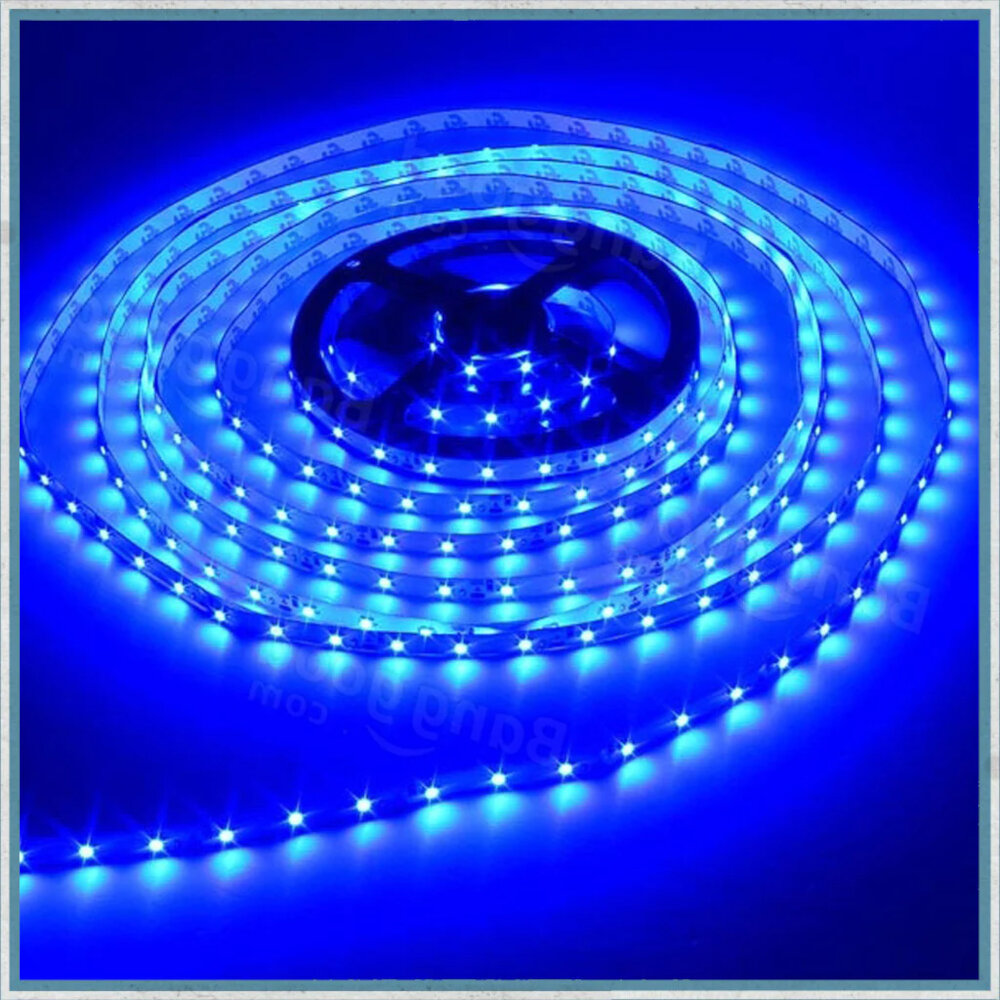
LED lighting technology has revolutionized the way we illuminate our homes, offices, and public spaces. With their long lifespan, energy efficiency, and low maintenance costs, LEDs have quickly become the preferred lighting solution for a wide range of applications. One of the key advantages of LED lighting is their flexibility in terms of color, intensity, and beam angle, which allows for a wide variety of practical applications. In residential settings, LED lighting can be used to create a warm and inviting atmosphere, while also reducing energy bills and the need for frequent bulb replacements. LED bulbs can be used in a variety of fixtures, from table lamps and ceiling lights to outdoor landscape lighting. They can also be used to highlight artwork or architectural features, thanks to their directional light output and color rendering capabilities. In commercial and industrial settings, LED lighting can improve worker productivity, reduce maintenance costs, and enhance safety by providing bright and uniform illumination. From parking garages and warehouses to office buildings and retail stores, LED lighting can be customized to meet the specific needs of any space. Additionally, LED lighting can be integrated with smart controls and sensors to further enhance energy savings and functionality. Overall, the practical applications of LED lighting are vast and varied, making it a reliable and versatile lighting solution for any space.
Residential lighting is an essential aspect of any home, as it not only illuminates living spaces but also sets the mood and ambiance of the room. With the advent of LED lighting technology, homeowners can now benefit from a range of advantages that traditional lighting systems cannot provide. LED lights are energy efficient, long-lasting, and eco-friendly, making them a cost-effective and sustainable option for residential lighting. Moreover, LED lights come in a variety of colors, brightness levels, and designs, allowing homeowners to customize their lighting to fit their specific needs and preferences. Whether it’s for task lighting, mood lighting, or accent lighting, LED lights are a versatile and reliable choice for any residential lighting application.
Commercial lighting plays a crucial role in creating a visually appealing and comfortable atmosphere for businesses, shops, and other commercial spaces. It is an essential aspect of brand identity and can help attract and retain customers. LED lighting has emerged as the preferred choice for commercial applications due to its numerous advantages and benefits. LED lights are energy-efficient, long-lasting, and require minimal maintenance, making them cost-effective in the long run. They offer superior color rendering, making products and spaces look more vibrant and attractive. Moreover, LED lighting can be easily controlled and customized to suit specific needs and preferences, making it a versatile choice for commercial lighting applications.
Automotive lighting has evolved over the years, from simple incandescent bulbs to advanced LED lights. LED lights are becoming increasingly popular due to their numerous advantages and benefits. LED lights are energy-efficient, long-lasting, and produce a brighter and clearer light, making them ideal for automotive lighting. They also require less maintenance and are more durable than traditional incandescent bulbs. LED lights are available in a range of colors, allowing drivers to customize the look of their vehicle. Additionally, they are environmentally friendly, as they do not contain hazardous materials and can be recycled. Overall, LED lights offer a superior lighting solution for automotive applications.
Outdoor lighting is an important aspect of any property, providing safety, security and aesthetics. LED lights have revolutionized outdoor lighting as they offer a range of benefits over traditional lighting. LED lights are highly energy-efficient, consuming up to 90% less energy than traditional lighting. They are also long-lasting, with a lifespan of up to 50,000 hours, meaning they require less frequent replacement. LED lights also emit a brighter and more focused light, creating a more visually pleasing and safer environment. Additionally, LED lights are environmentally friendly, emitting less CO2 and producing less heat. With all these benefits, it’s no wonder that LED lights are becoming the go-to option for outdoor lighting.
Specialized lighting refers to the use of lighting systems that are designed to meet specific lighting requirements. For example, in the field of medicine, specialized lighting is used during surgeries to ensure that the operating area is well-lit and that the surgeon can see clearly. Similarly, in the field of architecture, specialized lighting is used to highlight certain features of a building or to create a certain ambiance. LED lights are particularly suited for specialized lighting applications due to their flexibility and energy efficiency. They can be easily programmed to produce specific colors and intensities, and they consume significantly less energy than traditional lighting sources, making them an excellent choice for businesses looking to reduce their energy bills.
LED lighting has numerous advantages and benefits compared to traditional lighting methods. One of the most significant benefits of LED lights is their energy efficiency. They consume significantly less energy than traditional incandescent bulbs, saving users money on their electricity bills. Additionally, LED lights have a longer lifespan, lasting up to 50,000 hours or more. They are also eco-friendly, emitting fewer greenhouse gases and toxins than other lighting options. LED lights are also versatile, as they come in a variety of colors and can be utilized in various settings, such as outdoor lighting or indoor decorative lighting. Finally, LED lights are durable and require less maintenance, making them a cost-effective and practical lighting solution.
In conclusion, transitioning to LED lighting is crucial for numerous reasons. Not only do they have a longer lifespan and consume less energy, but they also emit less heat and contain no hazardous materials. LED lights are highly versatile and can be used in various settings, from homes to businesses and even in outdoor environments. By making the switch, individuals and companies can save money on their energy bills while also contributing to a more sustainable future. It is important to keep in mind that while the initial cost of LED lighting may be higher, the long-term benefits make it a worthwhile investment. Overall, LED lighting is an innovative and efficient solution that can enhance both our environment and daily lives.
Conclusion
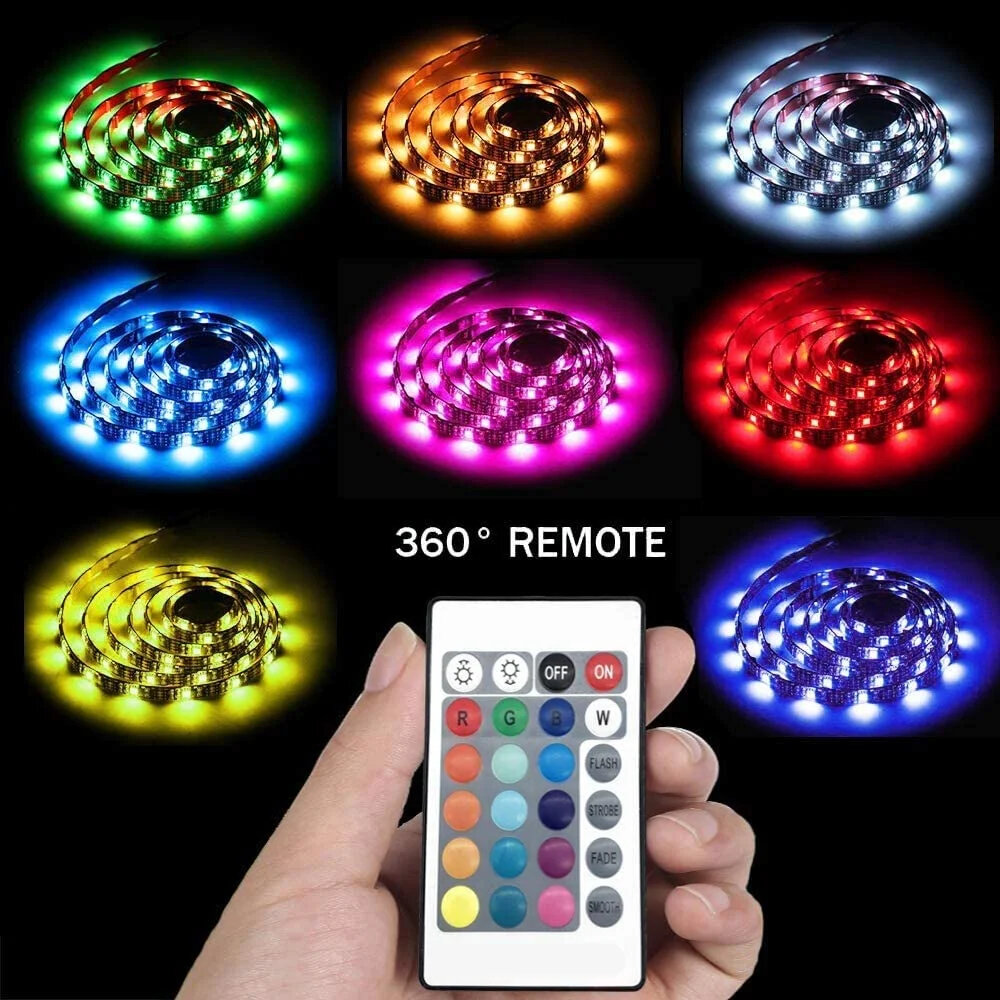
In conclusion, LED lighting is a revolutionary technology that has transformed the way we light our homes, offices, and public spaces. The numerous benefits of LED lights, including their energy efficiency, durability, and versatility, make them the ideal choice for anyone looking to upgrade their lighting system. Furthermore, LED lighting is environmentally friendly, helping to reduce carbon emissions and minimize the impact of human activity on the planet. As technology continues to advance, we can expect to see even greater improvements in LED lighting, making it an increasingly popular choice for both residential and commercial applications. So if you’re still using outdated, inefficient lighting systems, it’s time to make the switch to LED and start enjoying the many benefits it has to offer.



